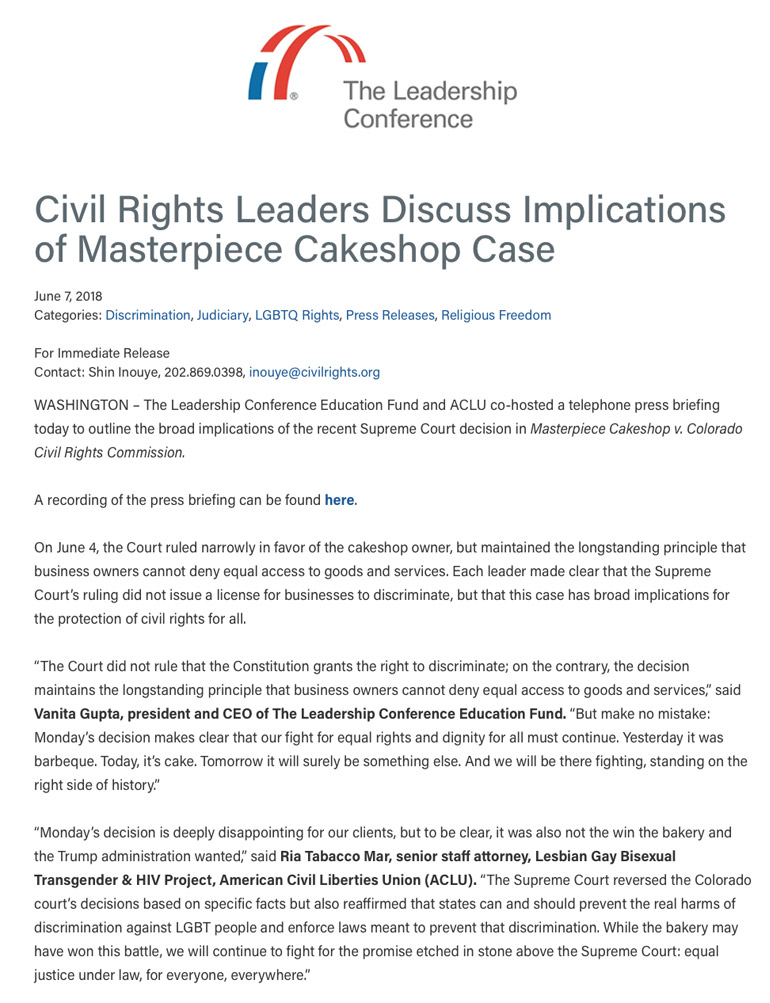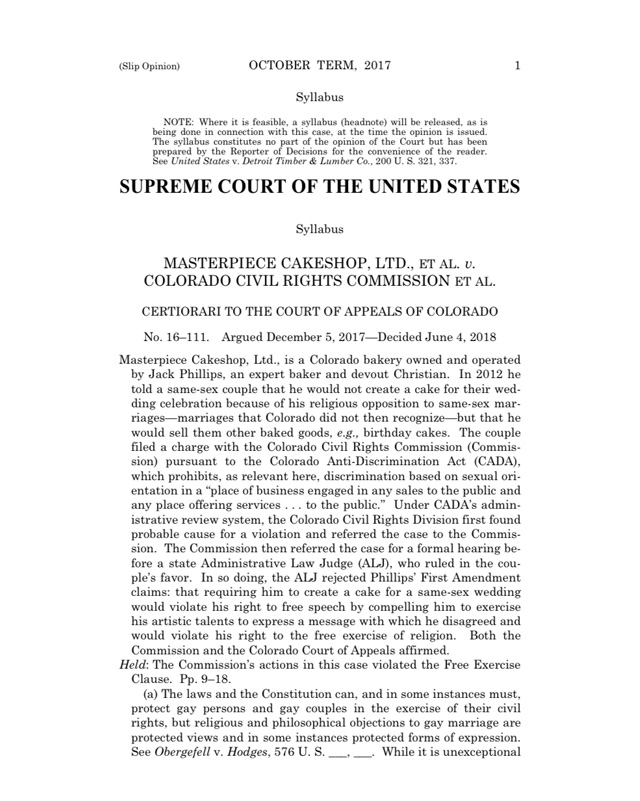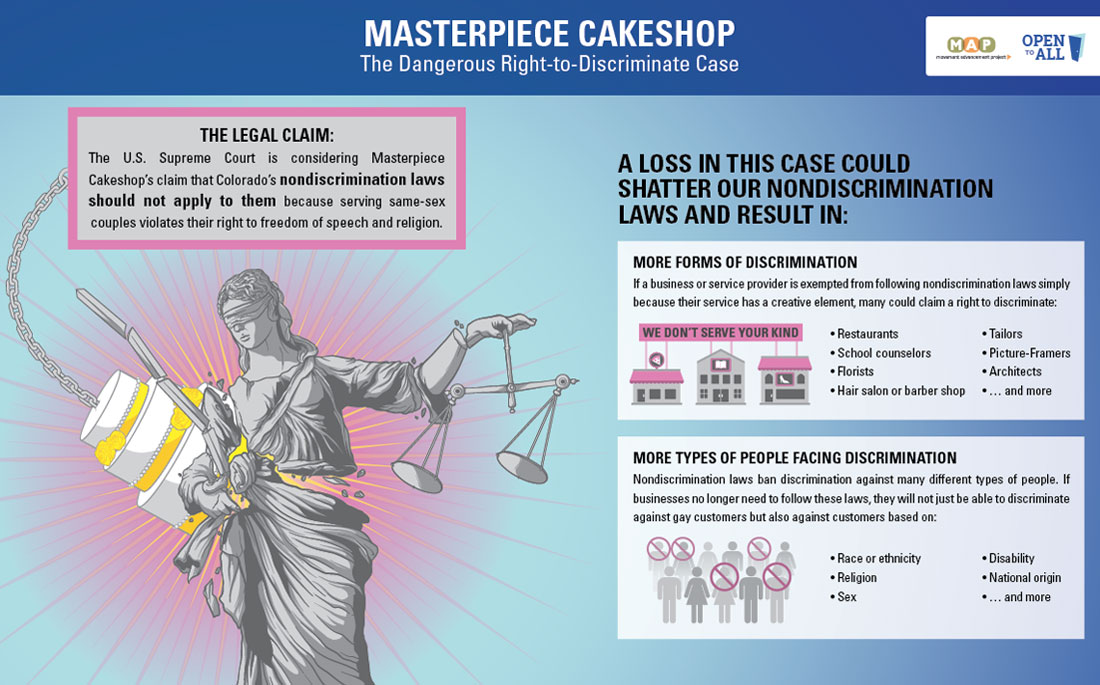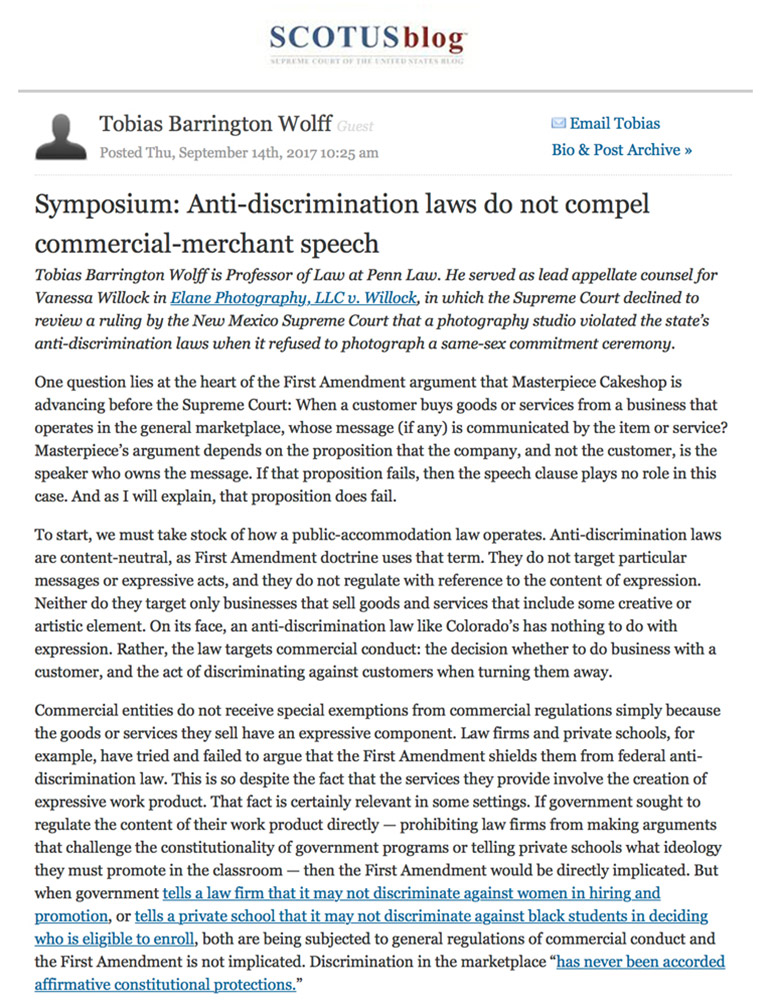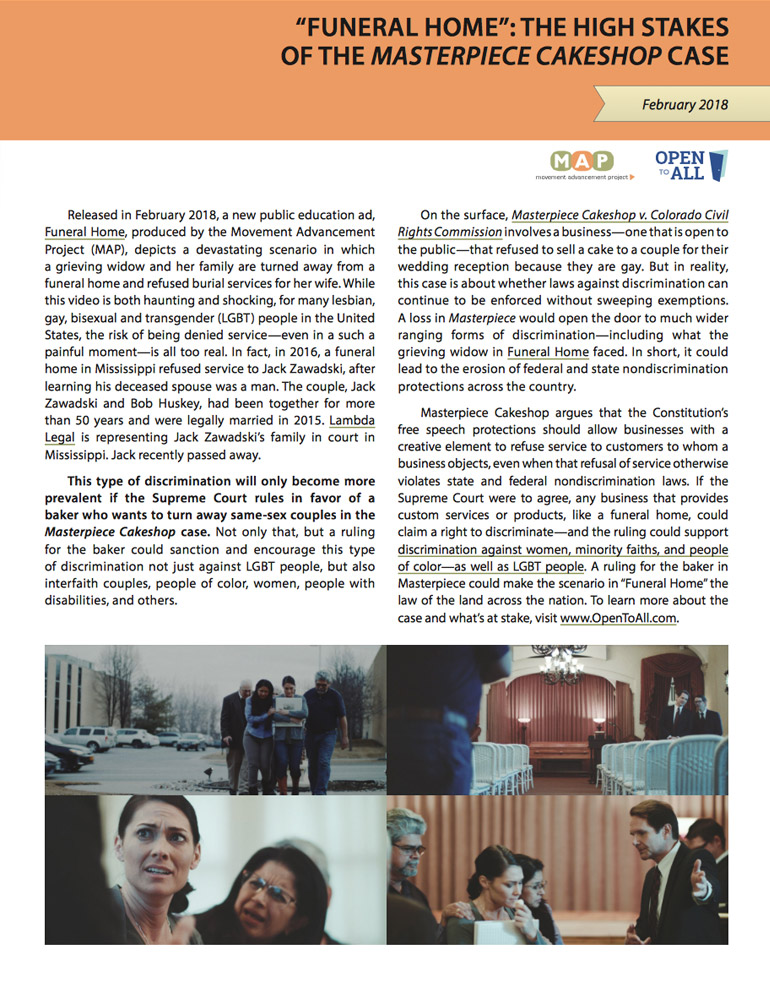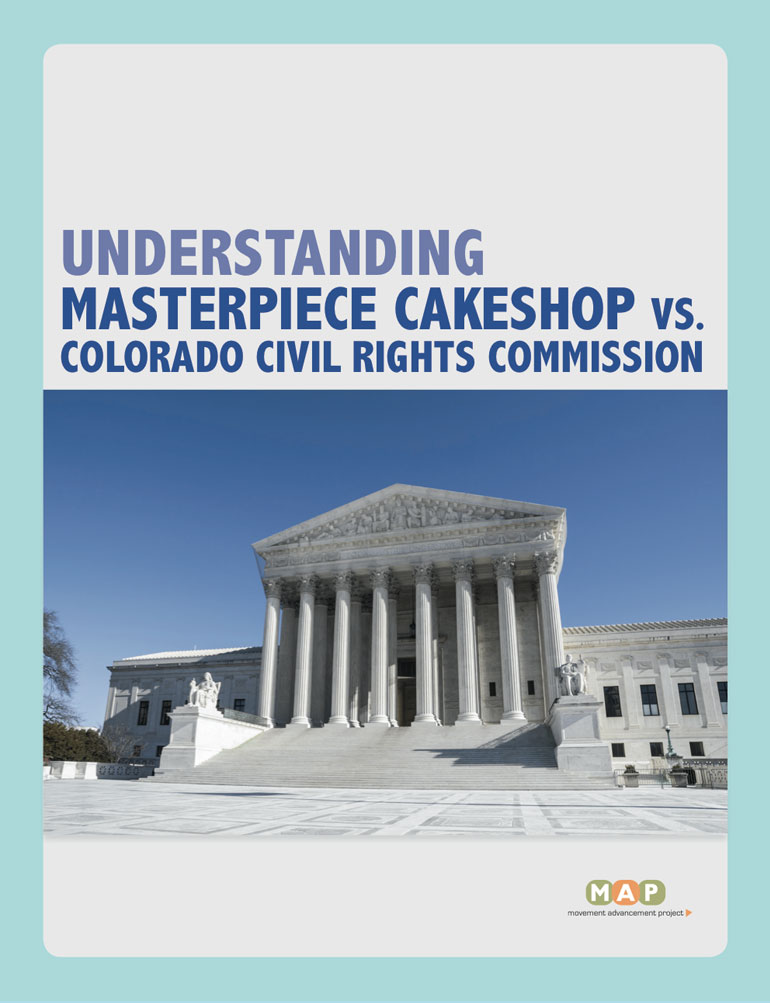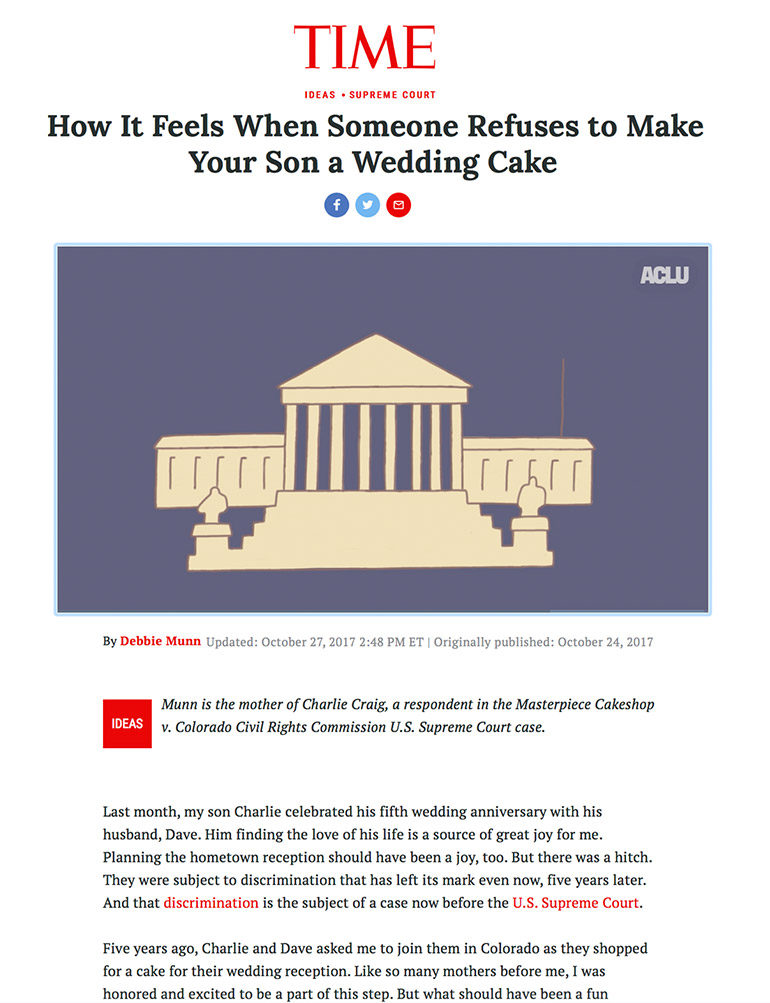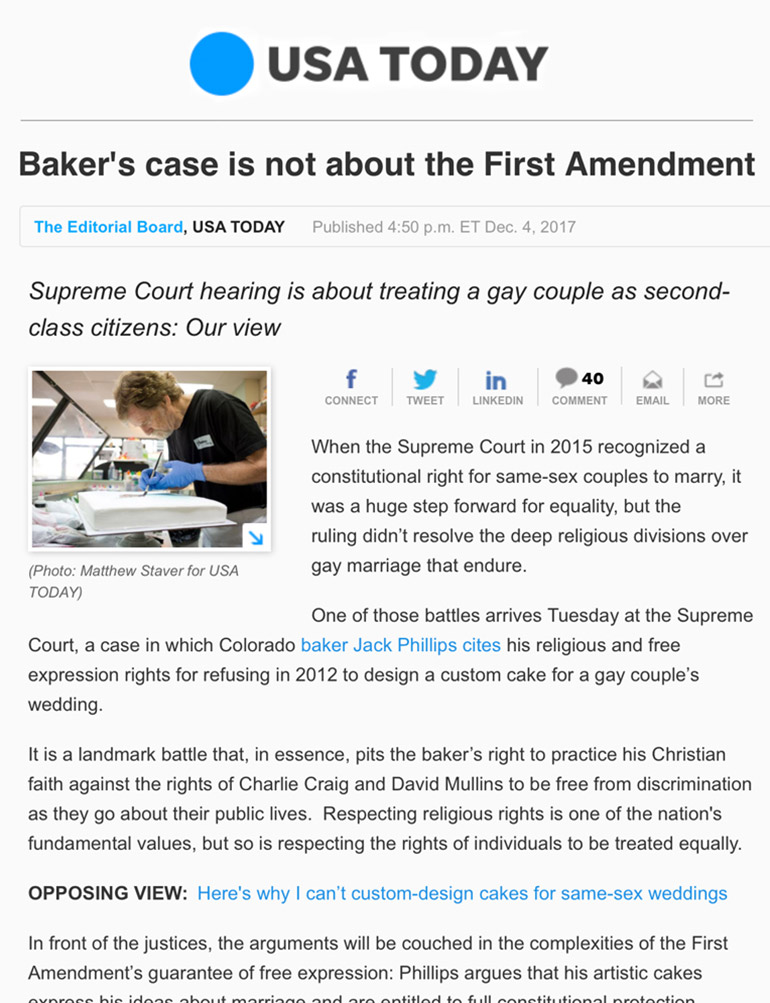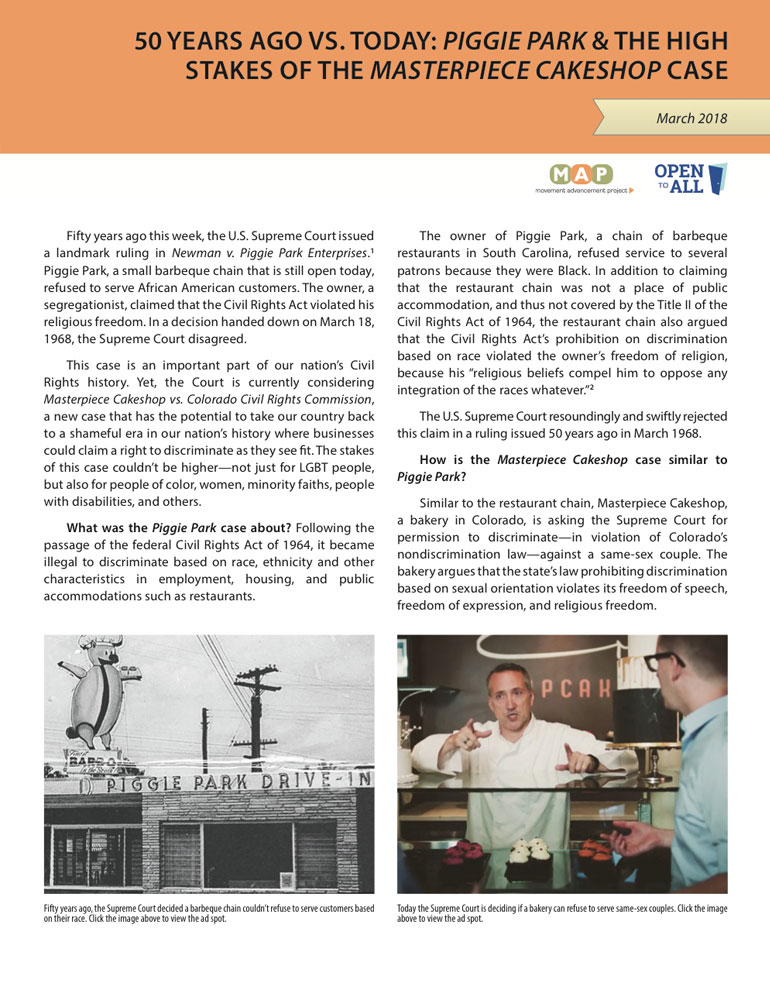Helping Americans understand the issues facing lesbian, gay, bisexual and transgender people is a critical part of building public support for LGBT equality. But simply discussing the issues isn’t enough. Like any other movement for social justice, the success of the LGBT movement requires advocates to communicate effectively and persuasively with policymakers, the media, and everyday Americans. It requires that advocates communicate in ways that emphasize common ground, emotional connection and shared values. And it requires framing conversations in ways that allow non-LGBT audiences to understand the harms LGBT Americans experience through their own eyes. For example, when discussing marriage and relationship recognition, it is important to avoid discussions of abstract legal theories and instead talk about the needs of everyday gay and lesbian couples—such as the way marriage helps these couples take care of each other, and the common values of love, commitment and responsibility their relationships embody.
MAP explores the principles of effective framing for the LGBT movement and provides approaches that organizations can use in developing messages that resonate with key audiences. MAP also provides resources to help organizations effectively communicate their messages. How does an LGBT organization decide how to talk about an issue? Who is the best spokesperson for delivering its message? What is its target audience? What media should it use to reach its audience? And how should it budget for this work? MAP provides LGBT organizations with information and tools that will help them answer these and other questions while designing and implementing effective communications campaigns.



